I have sheet which contains lots of column data, first column is date one in second column there are quantities and in the third one there are codes of item : the data looks like this :
date qty code qty code
01.01.2022 0 4355 2 4356
02.01.2022 0 4355 2 4356
03.01.2022 0 4355 2 4356
....................................
and I want to have like this :
date qty code
01.01.2022 0 4355
02.01.2022 0 4355
03.01.2022 0 4355
01.01.2022 2 4356
02.01.2022 2 4356
03.01.2022 2 4356
I wrote the code in visual basic for macro which cuts fourth and fifth columns pasts at the end of second and third columns and then deletes empty columns and continuous until there are no empty columns my code works but it takes hours to execute on 1000+ columns and I want to know if there is any possible way to optimize it.
code:
Sub CutAndPasteColumnsUntilEmpty()
Dim lastRow As Long
Dim i As Integer
lastRow = ActiveSheet.UsedRange.Rows.Count
Do Until IsEmpty(Range("D2")) And IsEmpty(Range("E2"))
Range("D2:D" & lastRow).Cut Destination:=Range("B" & lastRow + 1)
Range("E2:E" & lastRow).Cut Destination:=Range("C" & lastRow + 1)
lastRow = ActiveSheet.UsedRange.Rows.Count
Columns("D:E").Delete
Loop
End Sub

